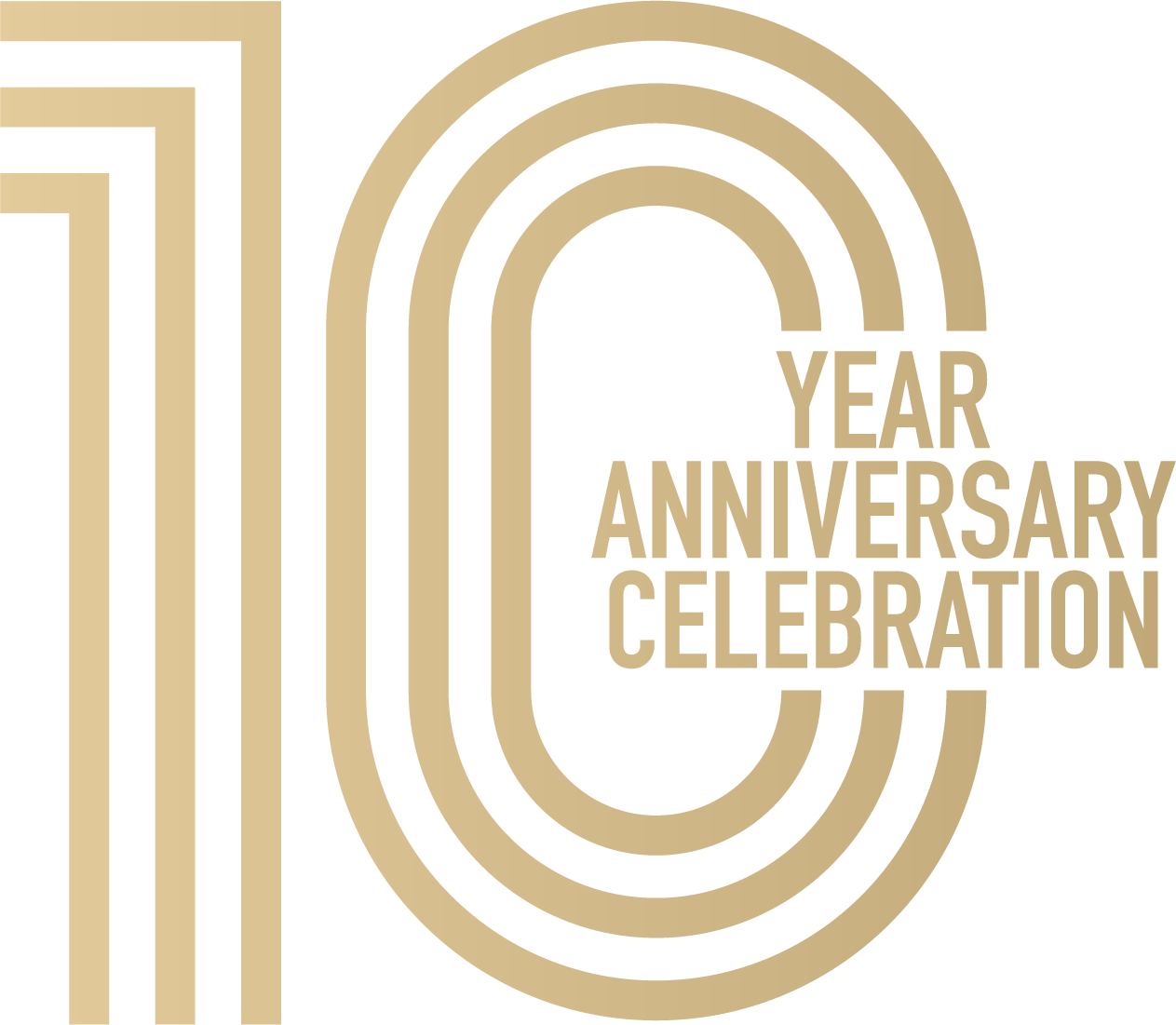🇬🇧 United Kingdom
The UK economy hit a bit of a wobble this week. New data showed wage growth slowing to its weakest level in four years, which immediately raised eyebrows in Threadneedle Street. With the job market cooling and consumers tightening their belts, talk of another rate cut before Christmas is picking up pace.
Retail footfall is still falling, and sterling had a rough week — suffering its steepest drop against the dollar since January. All signs point to a softening economy. Meanwhile, Westminster continues to juggle domestic regulation with global competition: the government formally designated Google as a “strategic market” in online search, giving regulators sharper teeth to intervene if needed.
On the business front, energy-intensive manufacturers are once again pleading for relief from soaring costs, and traders are getting nervous about the EU’s new steel proposal — a move that could hit UK exporters right where it hurts.
Mood in London? Wary. The sense is that the UK is tiptoeing towards a slowdown, with the Bank of England stuck between fighting inflation and keeping growth alive.
🇺🇸 United States
Across the Atlantic, Washington’s latest government shutdown dragged into another week, freezing key data releases and fraying market nerves. Still, Wall Street kept its chin up — tech stocks in particular continued to defy gravity, even as some heavyweights at JPMorgan and the IMF warned that valuations are starting to look, well, frothy.
But the biggest story wasn’t corporate — it was diplomatic. News broke mid-week of a potential Gaza-Israel peace deal, brokered quietly by U.S. envoys. The ceasefire chatter immediately cooled oil markets and gave global risk appetite a lift.
Elsewhere, gold stole the spotlight. The metal briefly smashed through $4,000 an ounce for the first time ever, as investors sought shelter from all the uncertainty swirling around the Fed, fiscal gridlock, and geopolitics.
The bottom line: America’s markets are showing incredible resilience, but beneath the surface there’s growing unease. The shutdown can’t drag on forever, and if peace in the Middle East holds, some of the “fear trade” money might start flowing back into equities.
🇪🇺 Europe
Over in Europe, the mood was mixed. Germany’s DAX notched record highs thanks to solid industrial output, but the broader picture was less rosy. France’s government fell into disarray after the Prime Minister resigned — the kind of political shake-up that always rattles investors.
Brussels also made headlines with a controversial new plan to protect European steelmakers, introducing import quotas and potential tariffs. That might please domestic producers, but it’s already sparking trade tension with partners like the UK.
Meanwhile, the ECB continues to play it cool. Policymakers reiterated that current rates are “appropriate,” even as growth indicators wobble and inflation remains sticky. Europe is clearly leaning toward a more protectionist stance — part economic necessity, part political reflex.
Overall feel: steady at the core, storm clouds at the edges.
🇨🇳 China & Asia
Asian markets were lively this week, with China leading the charge. The Shanghai Composite climbed to a multi-year high after Beijing announced new restrictions on rare earth exports — a move that instantly boosted local mining stocks and reminded everyone how powerful China remains in global supply chains.
But there’s strategy behind the show of strength. With the Communist Party’s autumn summit around the corner, Beijing is signalling confidence and control, particularly in sectors that feed into semiconductors, EVs, and defence.
Elsewhere, the picture was more mixed: South Korea’s tech sector shone, Japan saw mild profit-taking, and Hong Kong lagged amid continued capital outflows.
The takeaway: China’s tightening its grip on strategic exports, even as it tries to convince the world it’s open for business. That balancing act could shape trade politics well into 2026.
🪙 Metals & Oil
What a week for metals.
Gold hit an all-time high above $4,000 an ounce before easing slightly as the Gaza ceasefire headlines calmed nerves. Central banks are still buying aggressively, ETFs are filling up again, and investors are clearly hedging for uncertainty rather than chasing yield.
Copper, on the other hand, couldn’t quite find its footing. Demand remains soft, especially from construction and manufacturing, though supply-chain bottlenecks and U.S. tariff talk are keeping prices from collapsing entirely.
In the oil market, we saw a classic two-step: early-week gains after OPEC+ announced a modest output hike, followed by a retreat as Middle East tensions cooled. Brent hovered around the mid-$60s by Friday, down slightly on the week but far from crisis levels.
The theme: volatility with direction. Commodities are still being driven more by politics than fundamentals — a reminder that markets don’t always move on spreadsheets.
📈 What’s Next
Looking ahead:
- Watch how the UK labour slowdown filters into BoE policy chatter.
- In the U.S., the shutdown saga and the Gaza ceasefire could set the tone for risk assets next week.
- China’s rare earth strategy will keep supply-chain analysts glued to their screens.
- And for investors everywhere: gold’s rally might not be over just yet.








